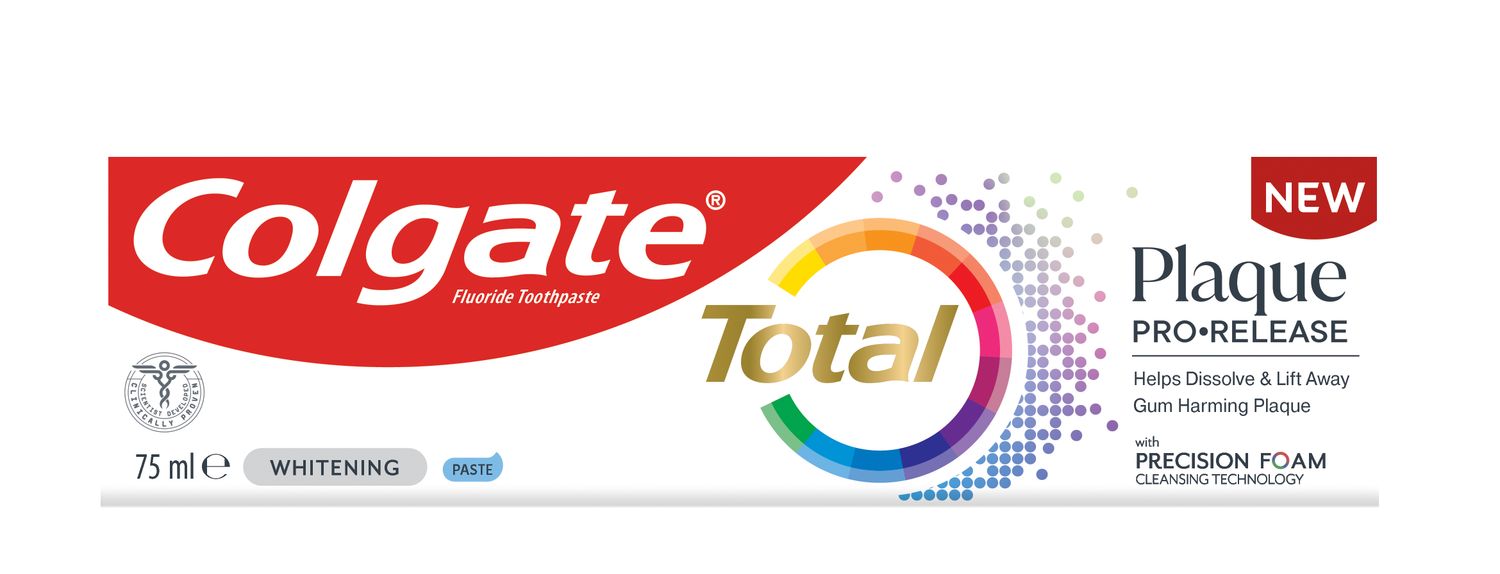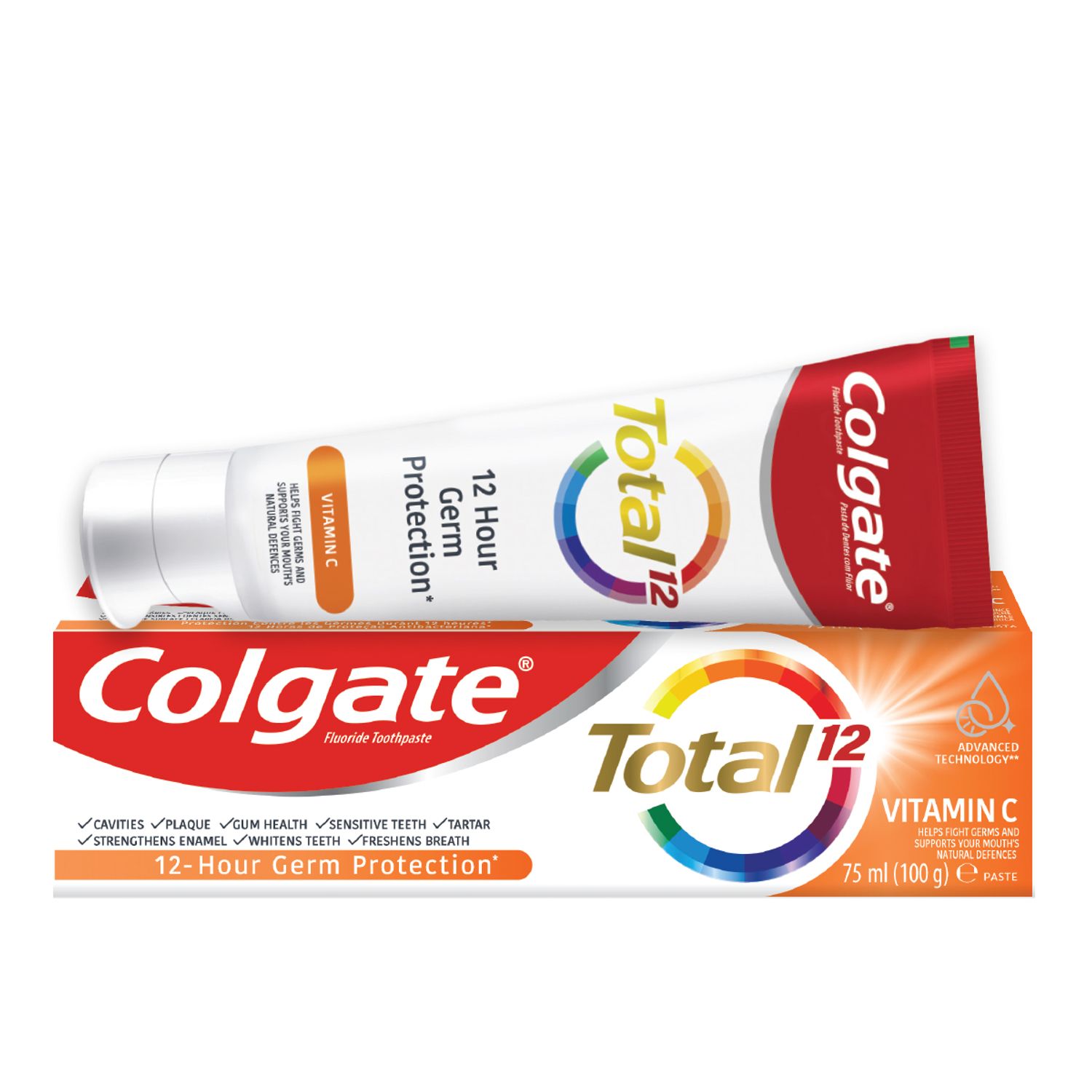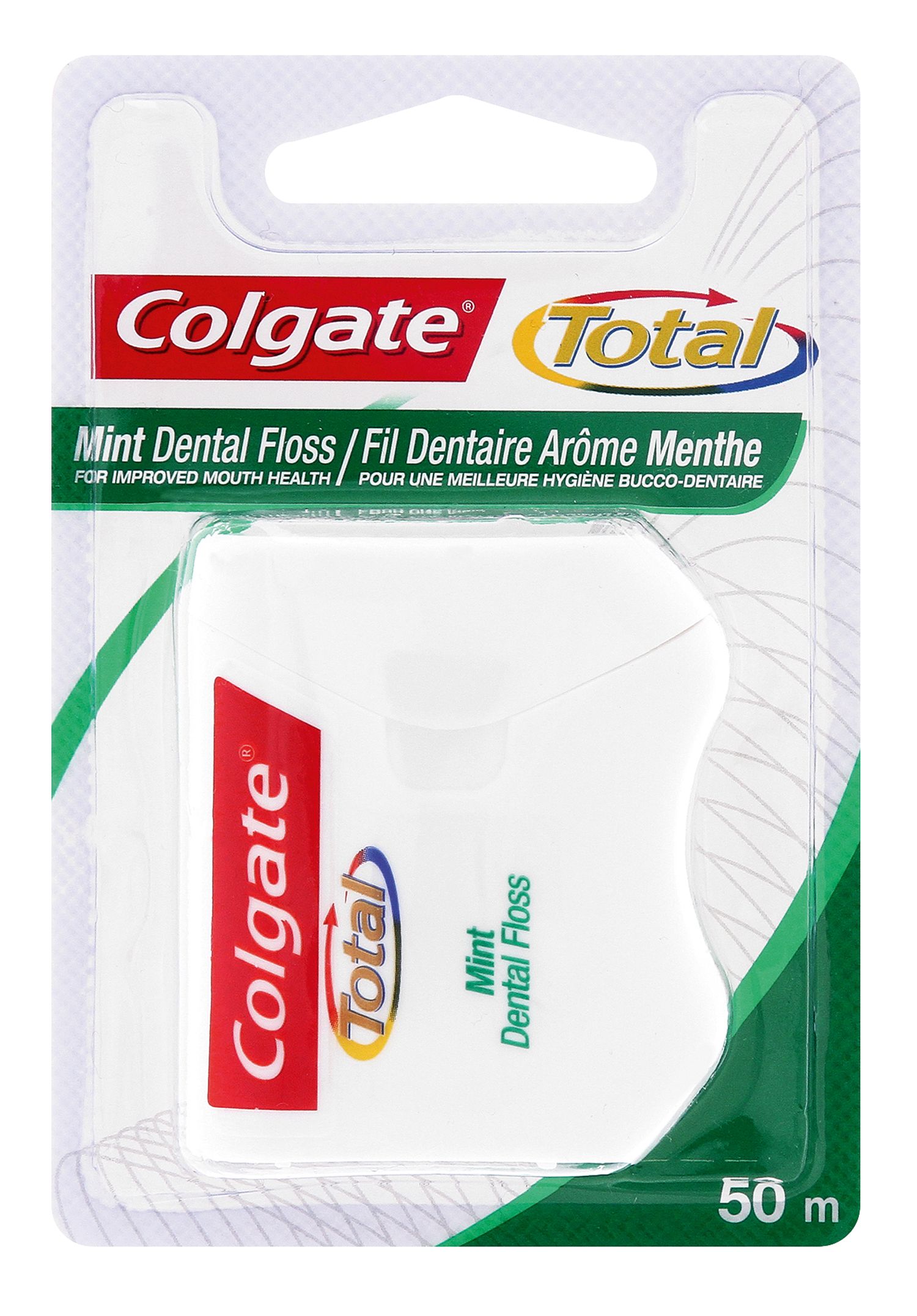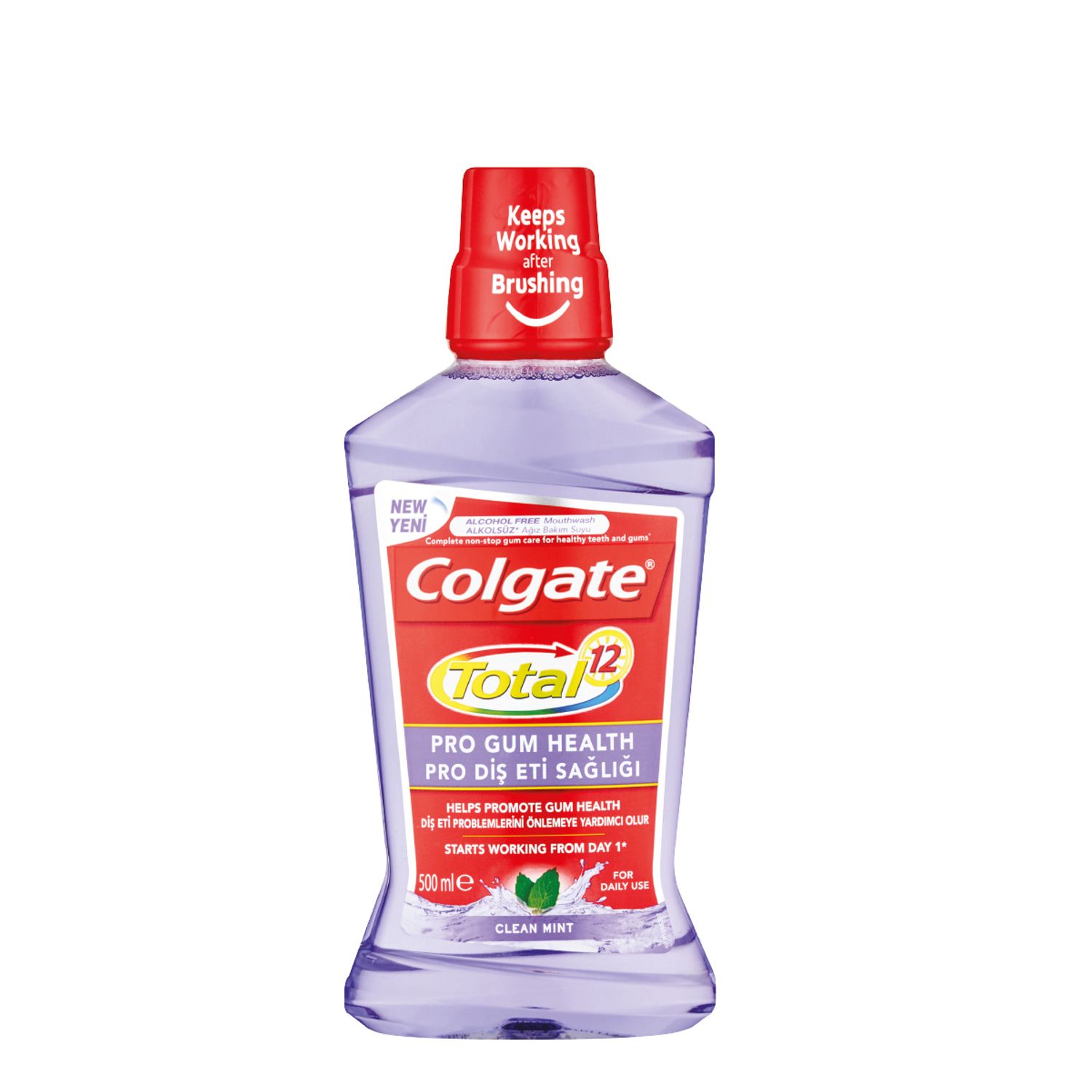-
-

CAVITIES
Can You Heal A Cavity At Home?You feel a sharp pain when you bite down or try to eat. You think it's a cavity, but you're not 100 percent sure...

BAD BREATH
How To Cure Bad BreathMore commonly known as bad breath, halitosis is an embarrassing hygiene issue that nobody wants, but some of us get every now and then...
-
Science & Innovation
- Colgate® | Toothpaste, Toothbrushes & Oral Care Resources
- Oral Health
- Developmental Disabilities
- How Cleidocranial Dysplasia Affects the Teeth
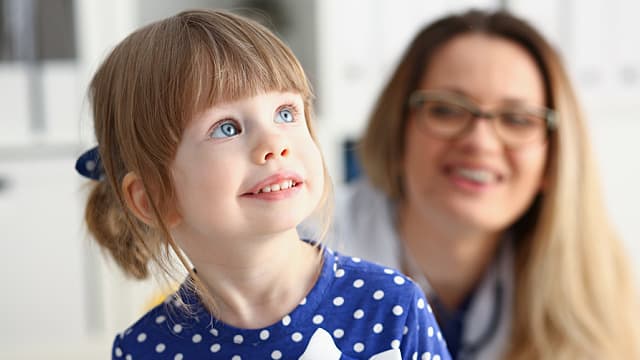

Cleidocranial dysplasia (CCD), also called cleidocranial dysostosis, is an extremely rare inherited condition caused by genetic mutations. A review in the International Journal of Dentistry estimates that it affects only about one in every 1 million people. CCD has a number of distinctive physical features, as well as dental health implications. Here's what you should know about CCD and how your dentist can help if you have a child with CCD.
Causes
The term cleidocranial dysplasia comes from the Greek words cleido (collar bone), kranion (head) and dysplasia (abnormal formation), according to a study in the Journal of Dental Sciences. The International Journal of Dentistry review explains that CCD is typically associated with a genetic mutation in the RUNX2 gene on chromosome 6p21, which is responsible for certain aspects of bone growth and development. However, in approximately 20 to 40 percent of cases, the disorder appears sporadically, without this identified mutation, as noted by the Journal of Dental Sciences study.
Physical Features
Physically, CCD is characterised by various skeletal abnormalities. According to the Journal of Dental Sciences study, these may include:
- Short stature
- Underdeveloped or absent collar bones
- A prominent forehead
- An abnormally long neck
CCD may affect other parts of the skeletal system as well. In particular, the lack of collar bones may lead to narrow shoulders and excessive shoulder mobility. For instance, some individuals with CCD may be able to bring their shoulders in front of their chest.
Dental Concerns
CCD also causes a number of distinctive dental abnormalities related to tooth formation and eruption. An article in the European Journal of Oral Sciences notes several dental anomalies that include:
- Lack of shedding of the primary teeth
- Formation of multiple supernumerary (extra) permanent teeth
- Delayed eruption of the permanent teeth
According to the International Journal of Dentistry review, nearly all individuals with CCD have some kind of dental abnormality, whether it be primary teeth that won't fall out, extra teeth, or permanent teeth that won't erupt. Additionally, they may have abnormal dental roots or crowns and a highly arched palate or cleft palate. These dental issues can affect occlusion, a term denoting the contact between the upper and lower teeth when the mouth closes.
Treatment
Treatment for CCD will often require coordination between oral and maxillofacial surgeons, orthodontists and prosthodontists, as well as the family dentist. The sooner the condition is recognised and can be properly treated, the better the chances of a favourable outcome for the patient, according to the International Journal of Dentistry review.
The European Journal of Oral Sciences article explains that, depending on the dental issues present, a team of dental professionals might recommend extracting the remaining primary teeth or extra teeth, or removing the bone covering the permanent teeth to allow them to erupt. Orthodontic treatment must also be carefully coordinated to ensure the teeth will be aligned and fit together properly. Additionally, a prosthodontist or general dentist may need to be involved to plan for the replacement of any missing teeth, notes the International Journal of Dentistry review.
While CCD can present several dental challenges, rest assured that your child's team of medical and dental professionals can design a treatment plan to help keep your child and their smile healthy. Regardless of any dental abnormalities, it's always important to stick to a strong oral care routine, which includes twice-daily teeth brushing and flossing at least once a day.
Related Articles

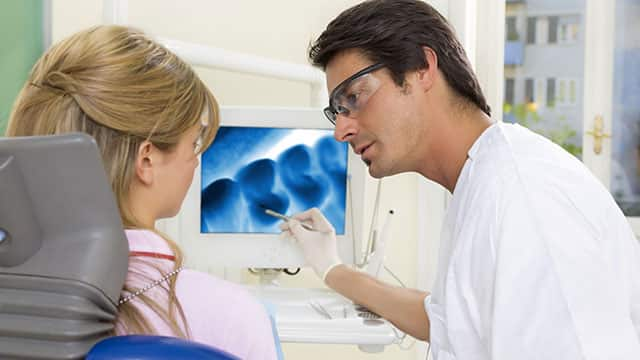
Crooked teeth can have a variety of causes, from genetics, malnutrition and oral habits to dental disease and poor dental hygiene. Learn more here.

Learn about the kinds of mouth inflammation and how your dental professional can help prevent and treat mouth sores and redness.
Related Products

Helping dental professionals
More professionals across the world trust Colgate. Find resources, products, and information to give your patients a healthier future




